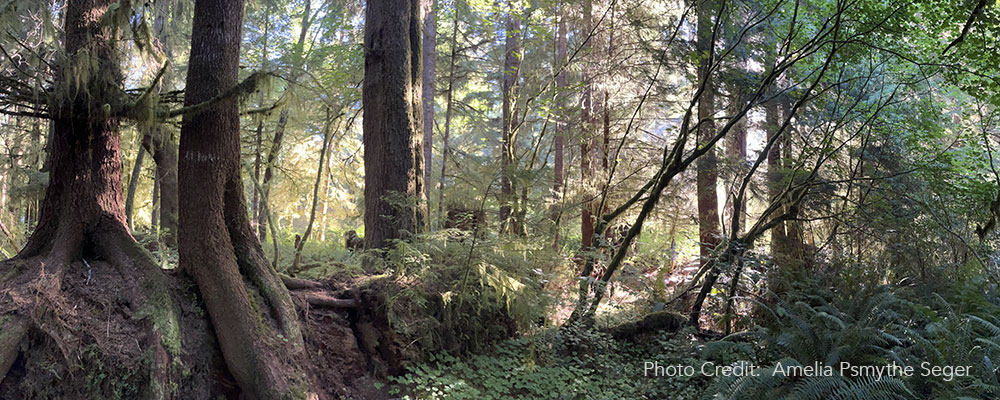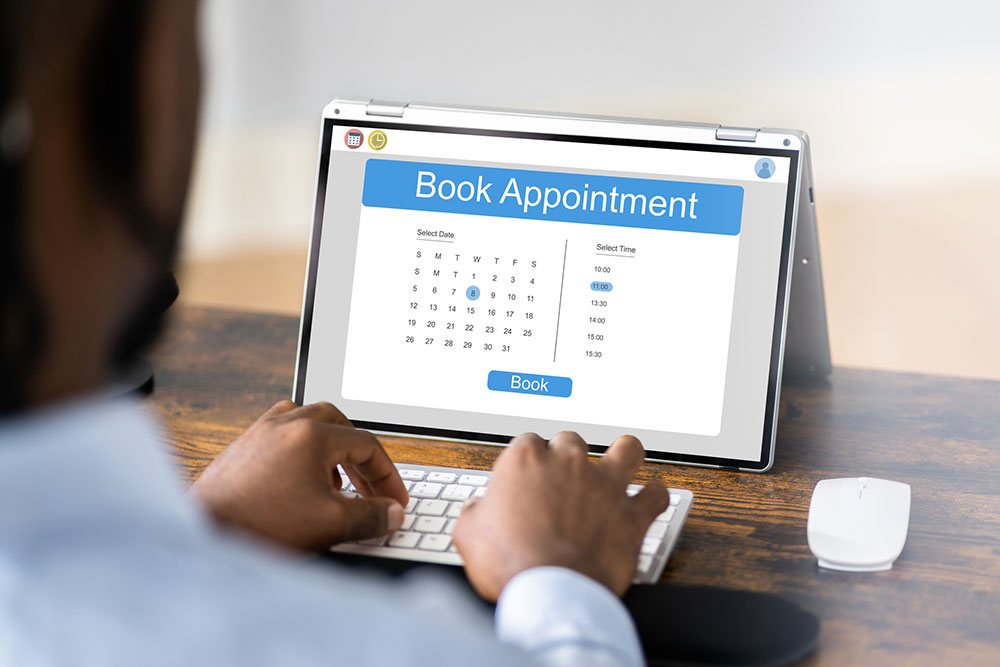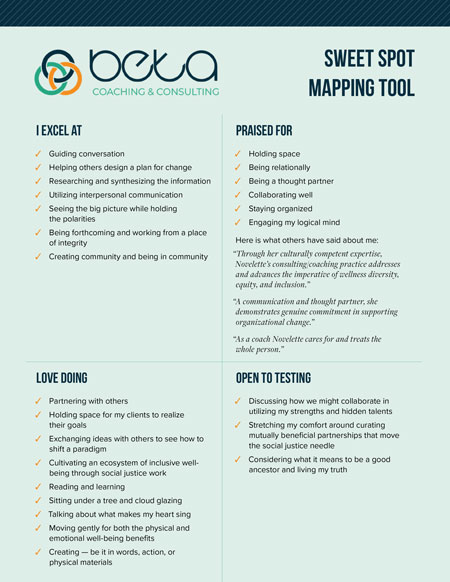I have been wondering what would constitute play for me at this stage in my life, recognizing shifting priorities and interests. For the past twelve years, I was busy with work. In my spare time, I would volunteer with little unstructured time available for pure play. I don’t remember the exact invitation that was presented to me in a mentor coaching session, but it caused me to pause and disrupt my habitual way of doing things to address this with curiosity.
Last summer, I re-introduced play during a visit with my sister, beach weekends with friends, an outdoor event at a local museum, long walks exploring a new neighborhood, and quiet moments reading beneath a tree. I gave back time to myself by saying no to an assignment.
It’s tempting to think that the best way to cope with an ever-increasing workload is to push through and work longer days. However, we are seeing the impact of such a mindset in individuals who are chronically overwhelmed and burnt out. What benefit might you gain from taking breaks for play – be it singing, wordplay, storytelling, drawing, exploring, or games? Perhaps this freedom might encourage lightheartedness that, in turn, leads to creativity.
“Success at work doesn’t depend on the amount of time you work; it depends upon the quality of your work. And the quality of your work is highly dependent on your well-being.”
For many, the hectic pace of work and family commitments leaves very little time for play. They believe that playing or having fun is wasted time, nonconstructive behaviors, or escaping from adulting. At a certain point, the idea of play is abandoned for responsibilities, which further complicates associations with being irresponsible, frivolous, and out of control. In various books I read this year, I would see references to adulting and play – and I took that as a sign to dig into this topic.
What is play? As social creatures, it is about the enjoyment and extension of one’s capacities. Peter Gray states that the spirit of play is imaginative, intrinsically motivated, and self-directed; guided by flexible, creative mental rules; and it happens in a non-stressed, alerted frame of mind.
Play involves the voluntary participation of both (or all) partners and is an exercise in restraint and goodwill for all. It provides opportunities for social interaction and well-being. In our highly technological society, play involving at least one other person, away from the sensory overload of electronic gadgets, is greatly encouraged to maximize the refinement of social skills such as verbal communication, teamwork, boundaries, and cooperation.
Rather than a frivolous activity to grow out of, it is a requirement for healthy development and the preservation of our social well-being. Play allows us to retain a positive, optimistic outlook through difficult situations, disappointments, and losses. It enhances our individuality, creativity, and uniqueness.
Whatever style of play works for you, know that making time for it can have substantial benefits for your mental and physical well-being. Blatner & Blatner state, that one of the biggest social benefits of imaginative play is that it satisfies both the needs of the group and the needs of the individual.
If you have been busy adulting with little time to play, it’s not too late, and the range of options is limitless. Make a list of the things that you enjoy doing for fun or have enjoyed in the past. Then commit to trying at least one in the coming weeks.
Book A Discovery Session
 A discovery session is largely influenced by a kaizen process, a philosophy based on the concept that change for the better is fostered through small modifications that create improvements. The session is centered on learning about one another, including your values, goals, and processes.
A discovery session is largely influenced by a kaizen process, a philosophy based on the concept that change for the better is fostered through small modifications that create improvements. The session is centered on learning about one another, including your values, goals, and processes.
The discussion will help determine our chemistry match and how collaborating will add value for you. There will be an opportunity to understand your needs and what is top of mind for you, especially what it is that you wish to improve upon. This is an opportunity for us to co-create a win-win partnership.
Some discovery session questions are:
- What is your biggest challenge as it relates to ______?
- How are you feeling about this challenge?
- What about solving the challenge is most important to you?
- How will you benefit from finding a solution to this challenge?
To schedule your no-obligation appointment, email novelette@betacoachingconsulting.com or visit our calendar to book an available time.

 The Myth of Normal by Maté & Maté is filled with research and theories of how health, Illness, and well-being are not random states but expressions of an entire life influenced by a web of circumstances, relationships, events, and experiences.
The Myth of Normal by Maté & Maté is filled with research and theories of how health, Illness, and well-being are not random states but expressions of an entire life influenced by a web of circumstances, relationships, events, and experiences.
“In the most health-obsessed society ever, all is not well.” The opening sentence hooked me. What is clear is that individuals’ well-being is influenced before their conception. The environment and stressors experienced by the parents are transmitted and depend on the physical environment. “Early development sets the ground … for health (or lack of it).”
This is a fascinating read about human development and the societal factors that promote or hinder well-being. If you’re looking to understand the biopsychosocial influences of well-being, check it out.







 A discovery session is largely influenced by a
A discovery session is largely influenced by a 

